Increasing Demand for Convenience
The Retail Fuel Station Market is experiencing a notable increase in demand for convenience services. Consumers are increasingly seeking one-stop solutions that combine fuel purchasing with additional services such as food, beverages, and car maintenance. This trend is supported by data indicating that convenience store sales at fuel stations have risen significantly, with a reported increase of over 10% in the last year. As a result, fuel stations are adapting their business models to include a wider array of offerings, thereby enhancing customer experience and driving foot traffic. This shift not only boosts sales but also positions fuel stations as essential hubs in daily consumer routines, further solidifying their role in the Retail Fuel Station Market.
Rising Fuel Prices and Consumer Behavior
Rising fuel prices are significantly influencing consumer behavior within the Retail Fuel Station Market. As fuel costs continue to fluctuate, consumers are becoming more price-sensitive and are actively seeking the best deals. This shift in behavior has led to an increase in the popularity of loyalty programs and discount offers at fuel stations. Data suggests that stations offering competitive pricing and rewards programs have seen a 12% increase in customer retention. Consequently, fuel stations are compelled to adopt dynamic pricing strategies and enhance their promotional efforts to attract and retain customers, thereby impacting overall market dynamics in the Retail Fuel Station Market.
Expansion of Electric Vehicle Infrastructure
The expansion of electric vehicle (EV) infrastructure is a critical driver in the Retail Fuel Station Market. As the adoption of electric vehicles accelerates, fuel stations are increasingly recognizing the need to accommodate this shift. The installation of EV charging stations is becoming a strategic priority, with many fuel retailers investing in this infrastructure to capture a share of the growing EV market. Recent statistics indicate that the number of public charging stations has increased by over 30% in the last year. This expansion not only meets consumer demand but also positions fuel stations as key players in the transition to sustainable transportation, thereby enhancing their relevance in the Retail Fuel Station Market.
Technological Advancements in Fuel Dispensing
Technological advancements are reshaping the Retail Fuel Station Market, particularly in fuel dispensing systems. Innovations such as contactless payment options and automated fuel dispensers are becoming increasingly prevalent. These technologies not only enhance operational efficiency but also improve customer satisfaction by reducing wait times. According to recent data, stations that have adopted advanced dispensing technologies report a 15% increase in customer throughput. Furthermore, the integration of mobile applications for fuel purchases and loyalty programs is gaining traction, allowing fuel stations to engage customers more effectively. This technological evolution is likely to drive growth and competitiveness within the Retail Fuel Station Market.
Regulatory Support for Clean Energy Initiatives
Regulatory support for clean energy initiatives is emerging as a pivotal driver in the Retail Fuel Station Market. Governments are increasingly implementing policies that promote the adoption of alternative fuels, such as electric and hydrogen. This regulatory environment encourages fuel stations to diversify their offerings beyond traditional fossil fuels. For instance, incentives for installing electric vehicle charging stations are becoming commonplace, with some regions reporting a 20% increase in installations over the past year. Such initiatives not only align with environmental goals but also present new revenue streams for fuel stations, thereby enhancing their viability in the evolving Retail Fuel Station Market.


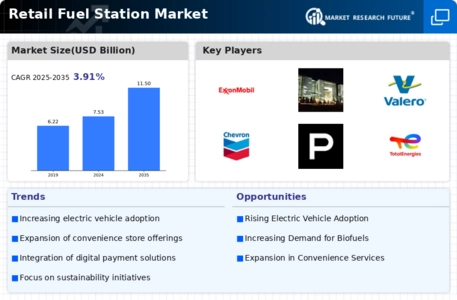
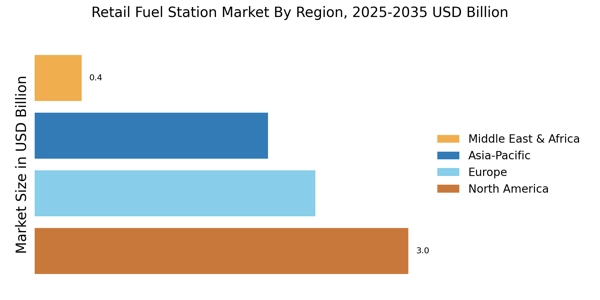
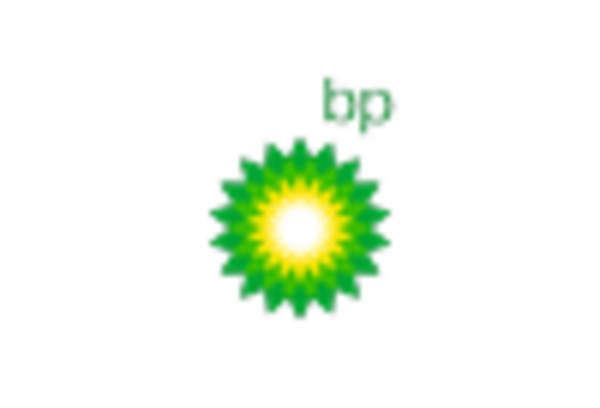
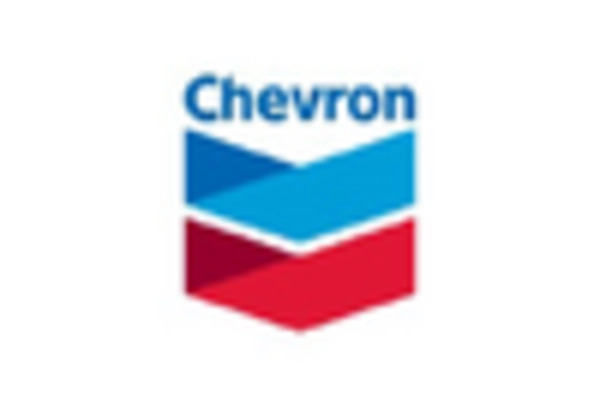


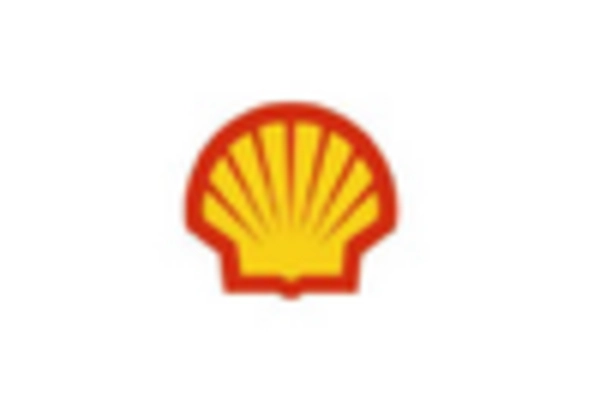









Leave a Comment